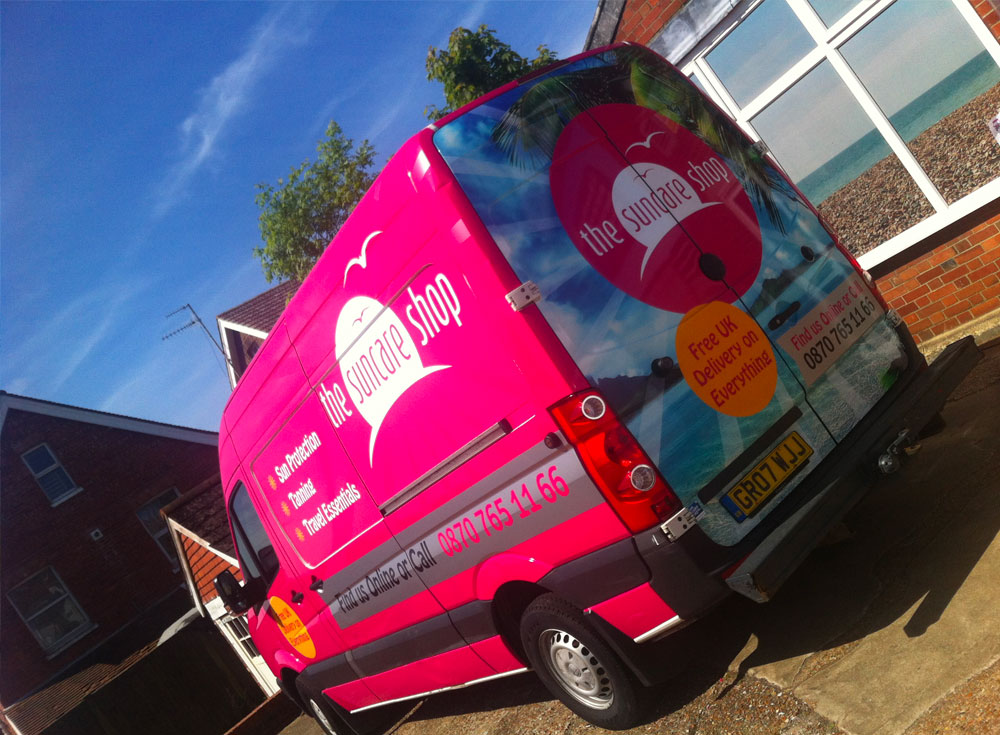Vehicle wrapping is a standout way to make your London business shine. Follow these best practice tips and you’ll take your vehicle graphics from good to great, for enhanced brand recognition and awareness.
Prepping your vehicle for vehicle wrapping If you’re expecting your vehicle wrap to cover a multitude of sins, think again. Before your vehicle wrap can be applied, you’ll need to prep your vehicle to ensure it’s clean, dry and rust free.
Any dirt, dust or grease should be thoroughly removed before a wrap can be applied. You’ll also need to ensure that any rust has been professionally dealt with and that the vehicle is bone dry, particularly between panels and underneath rivet heads where water can collect and then wreak havoc with the final wrap.
If this best practice isn’t followed, then you can expect some serious adhesion issues which can adversely impact on the longevity of your vehicle wrap. Instead of an expected lifespan of up to 8 years, your vinyl wrap can start lifting immediately if best practice isn’t followed.
Technical considerations
Most signage businesses work in Adobe and the best practice here is to work in well organised layers, locking down any aspects of the vehicle that won’t be impacted by the car wrap design.
Set a scale that’s comfortable for you to work with but that allows you to see the bigger picture and the outline of the design. Remember that you’re working with large scale design elements including any photos, fonts and images and ensure that any imagery you use, even stock photos, has been properly licenced. Finally, make sure you work at the highest possible resolution for the best final effect.
Get bold and creative
While you should always place your brand colours and logos at the heart of your design, the large scale of a car or van wrap gives you a licence to get seriously creative. Work within the following best practice guidelines and you’ll create a wrap that’s seriously eye-catching.
Background: Keep to a solid block colour and think about working with high contrast for superior legibility. Complex patterns can be difficult to match up and can create too much visual noise.
Colour: Stay away from pastels, as sunlight will wash them out and make your design and message difficult to read. Think high contrast like white and yellow text on black, and white text on a red or blue background.
Composition: Keep your design elements large and place them on the large flat areas of the vehicle like the bonnet and doors. You want these elements to run uninterrupted across the vehicle.
Less is more: Whether it’s complex patterns, overcrowded design elements or tons of copy, strip your design right back to the basics and use readable fonts for any copy.
Get vehicle wrapping right
Vehicle wrapping that maximises your return on investment is a snap if you follow the rules of best practice. At Vehicle Sign Writing, we have years of experience, so get in touch and we can help you get the design and installation of your car graphics and sign writing right every time.

